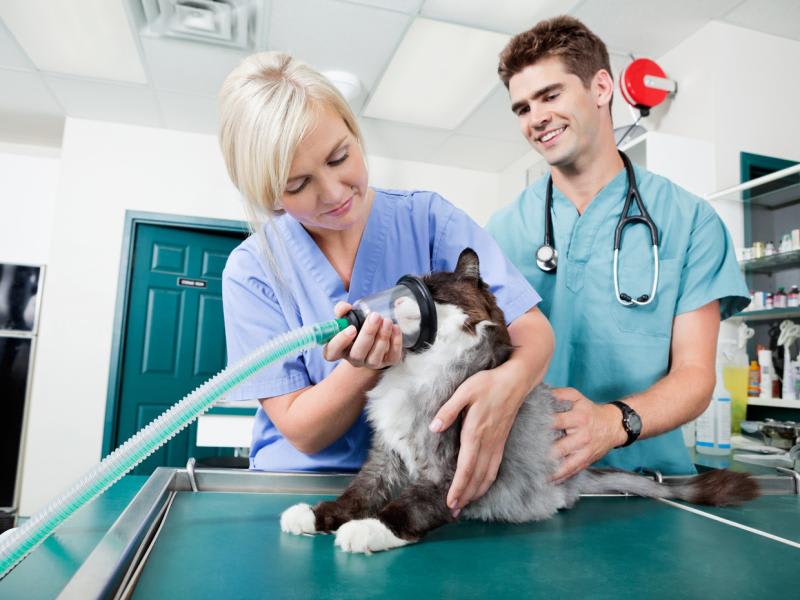AUTHOR
The Australian veterinary market has seen a remarkable transformation in recent years, attracting significant interest from corporate and private equity (P/E) buyers. As the landscape evolves, several key trends have emerged that are shaping the market dynamics. From economic challenges to technological innovations, the veterinary sector is navigating a complex environment that offers both opportunities and obstacles.
This article delves into the current trends among buyers of veterinary practices in Australia, providing insights into what drives their decisions and how practice owners can adapt to meet these demands.
Economic challenges and opportunities
The Australian economy is under pressure, which has had a corresponding impact on veterinary practices. Operating costs are increasing as practices strive to offer competitive wages amidst ongoing staffing shortages, resulting in tighter profit margins. However, practices that demonstrate resilience and stable profits are more likely to attract buyers.
Additionally, the surge in pet ownership during the COVID-19 pandemic initially boosted activity levels within the veterinary sector. Now that this trend has largely diminished, we are seeing constraints on growth and performance as the market rightsizes.
Strong demand for veterinary practices
Despite economic challenges, the demand for veterinary practices remains strong, especially for those in well-established and desirable areas. Corporate groups are as active as ever and remain a viable option for those planning an exit in three to five years.
Why are veterinary practices attractive to corporate and P/E buyers?
Corporate groups and P/E firms are often drawn to the veterinary sector due to its reputation as a stable business sector with predictable revenue and earnings.
Practices valued between five to twelve times EBITDA (Earnings Before Interest, Taxes, Depreciation, and Amortisation) are common targets for corporate sales. The specific multiple paid for these practices depends on several factors, including their size and growth potential.
Motivations for selling
Selling your veterinary practice can be more than a retirement strategy. Younger sellers exist, typically motivated by the opportunity to de-risk and build personal financial security.
Among practice owners who do not see a corporate sale as primarily an exit strategy, strong motivators include:
- Gaining access to capital for expansion.
- Back-office support.
- Group purchasing efficiencies.
What do buyers look for in a vet clinic?
Large group acquirers are looking for clinics that meet specific criteria. They value strong and stable teams, a commitment to high-quality care, modern facilities, and growth potential.
Other preferred attributes include:
- Reputation.
- Specialising in small animal care.
- Employing at least three vets.
If your clinic fits this profile, you're one step closer to attracting the right opportunities.
Technological innovation
Technological innovation is a major attraction for prospective buyers. Practices that have successfully introduced cutting-edge technologies are more efficient and attractive in the marketplace. Buyers are particularly interested in practices that have adopted the latest technologies, as they offer potential for future growth and differentiation from neighbouring practices.
Factors corporate and P/E buyers consider
- Sustainable benchmarks: Buyers look for clinics with sustainable benchmarks, particularly with salary and wages. Clinics generally should have between 38-50% salary and wages as a percentage of revenue.
- Minimum three FTE Vets: Buyers prefer practices with a minimum of three full-time equivalent (FTE) vets. They also consider the length of time vets and staff have been at the practice, with concerns if staff turnover is high.
- Revenue growth: Buyers are interested in practices showing revenue growth on the prior year(s). The time to sell is when the clinic is doing well, as buyers are generally not interested in clinics that are in revenue decline or visit number decline without good reason.
- Sustainable growth: Buyers prefer sustainable growth, not practices that have jacked up pricing to increase profits with visitor number decline.
- Room for further growth: Practices with room for further growth, such as a minimum of three consult rooms, are preferred.
- Vendor retention/earnout: Buyers prefer vendor retention or earnout agreements, preferably for three years after settlement.
- Vendor revenue concentration: Buyers look for vendor revenue concentration to be comparable to other vets.
- Building ownership: If the vendor owns their building, buyers prefer to normalise and pay market value post-settlement.
- Condition of practice: Practices that are not run down or dilapidated are more attractive to buyers.
- Location and focus: Buyers prefer practices in metro areas with a small animal focus.
- Minimum turnover: Practices with a minimum turnover of $1.5m are preferred.
- Practice managers: Clinics with practice managers are more attractive to buyers.
Preparing your vet clinic for sale
For practice owners considering a sale, successful financial management and a clear demonstration of stable or growing profitability are more important than ever. Practices should ensure their financial records are accurate and defensible, and that their premises are well-maintained.
Reviewing staffing levels and ensuring key members of staff are "locked in" can also help facilitate a smoother transition to new owners.
Get in contact with an expert
When it comes to deciding what is the best path for you and your business, a business adviser can assist you in that process.





